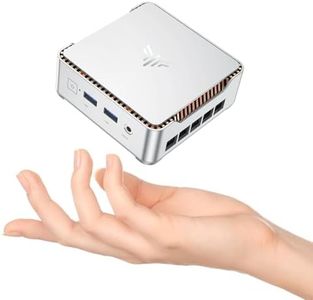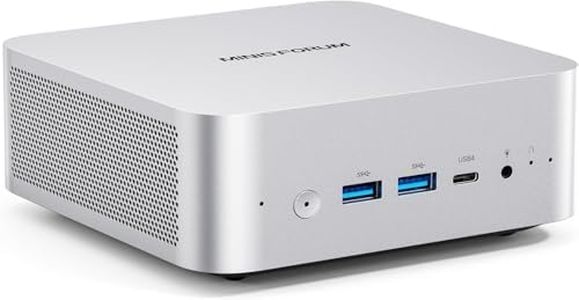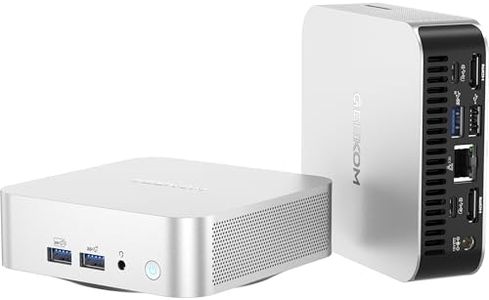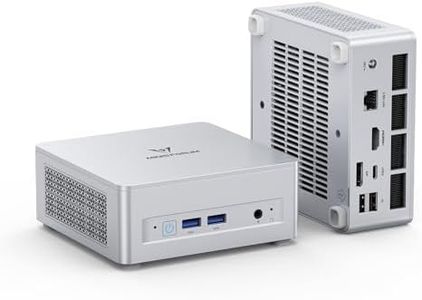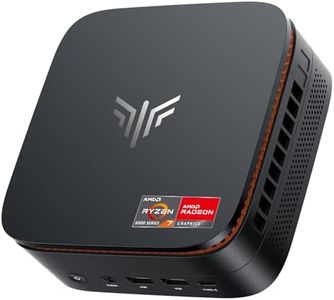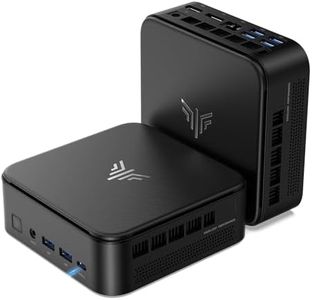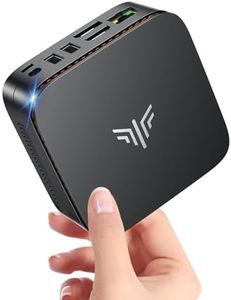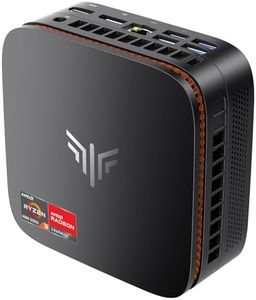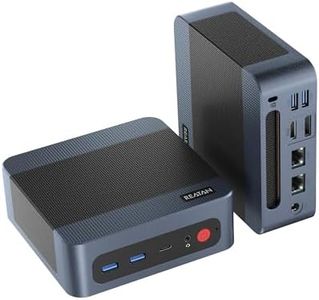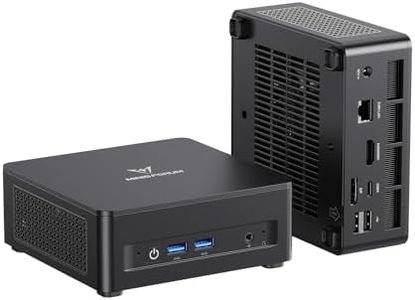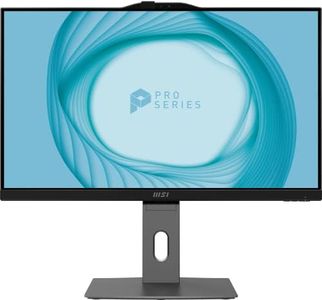We Use CookiesWe use cookies to enhance the security, performance,
functionality and for analytical and promotional activities. By continuing to browse this site you
are agreeing to our privacy policy
10 Best desktop PC for photo editing
From leading brands and best sellers available on the web.Buying Guide for the Best desktop PC for photo editing
When choosing a desktop PC for photo editing, it's important to focus on components that can handle large image files, support high-quality monitors, and allow for smooth use of photo-editing software. Rather than chasing the highest specs in every category, you should aim to balance performance, reliability, and the potential to upgrade in the future. Understanding how different parts of a PC affect your photo-editing experience will help ensure you get the right machine for your needs.Processor (CPU)The processor, or CPU, is the brain of your computer and is a crucial part of photo editing performance. A faster CPU enables quicker editing, exporting, and applying filters. CPUs are usually divided into entry-level (good for basic corrections), mid-range (efficient for handling large RAW files and heavy multitasking), and high-end (great for professionals working with very large files or batch processing). Choose a CPU based on the complexity of your editing work and how much multitasking you plan to do.
Memory (RAM)RAM is your computer's short-term memory, storing data for active tasks. More RAM allows you to work on bigger files and multiple programs at once without slowing down. 8GB RAM is suitable for lighter editing and occasional multitasking, 16GB is a comfortable middle ground for most non-professional editors, and 32GB or more is ideal for professionals who edit very large files or run several editing applications simultaneously.
Storage (SSD/HDD)Storage influences how quickly your photos and programs load. Solid State Drives (SSD) are much faster than Hard Disk Drives (HDD) and significantly improve your workflow speed. Typically, a combination of a smaller SSD (for your operating system and editing software) and a larger HDD (for storing photos and archives) works well. For most users, a 500GB SSD for software and active projects plus extra HDD storage for long-term files is effective.
Graphics Card (GPU)While photo editing doesn't need the most powerful graphics cards, a decent GPU can help with certain software features, display higher resolutions, and improve performance in some effects or rendering tasks. Integrated graphics suit beginners, entry-level discrete GPUs work for most hobbyists, while enthusiasts or those doing lots of advanced editing may benefit from a mid-range to high-end card. Consider how complex your workflow is and whether you might use GPU-accelerated features.
Monitor SupportThe ability of your PC to support high-resolution and color-accurate monitors is important, as this impacts how your images look. Some basic PCs may struggle with very high-resolution monitors; more advanced systems can easily handle 4K displays and beyond. Think about what monitor you plan to use (or might upgrade to) and make sure your PC's ports and graphics capabilities support it.
UpgradabilityBeing able to upgrade components like RAM, storage, or even your graphics card in the future can extend the lifespan of your PC and keep it relevant as your editing needs grow. Desktop PCs vary in how easy they are to upgrade. If you expect your needs to evolve or you want your investment to last, pick a PC with accessible upgrade options.
